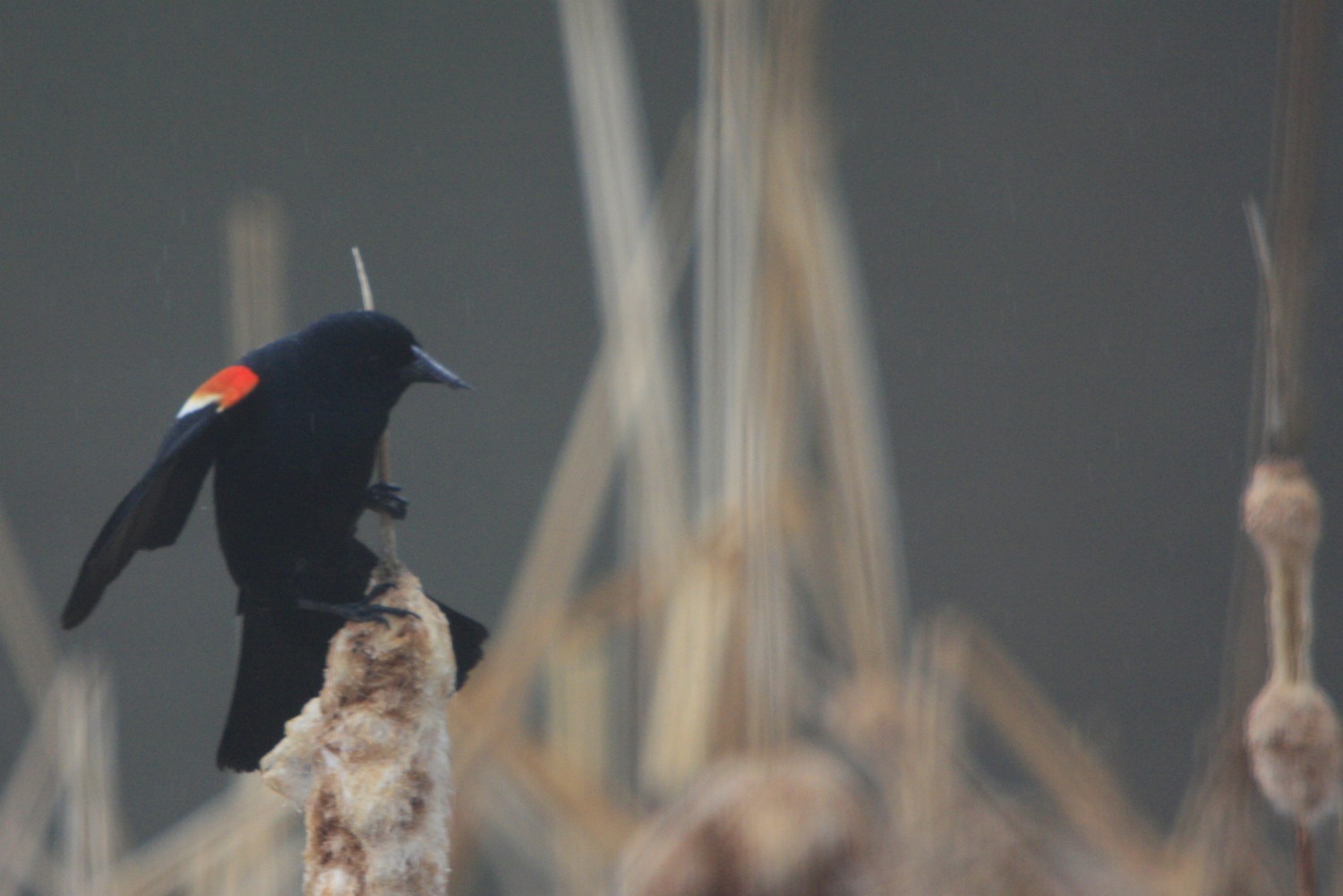Update: Results of the Big Day
The day started off well, but the weather gradually deteriorated, and by 4:30 in the afternoon, with cold driving rain, and after eleven hours of birding, we decided to stop. The total for the group was 93 species. I saw or heard 88 of them, so I’ll have to try another time to reach 100 species in a day. Due to the weather we missed almost all shorebirds and warblers.
We went to the following locations: Votier’s Flats, Bow Valley Ranch and Sikome, all in Fish Creek Park; Inglewood Bird Sanctuary; Elliston Park; Ponds one mile west of Shepard; Shepard; Shepard Slough (east of Shepard); a series of ponds south of highway 22X in the far SE; a pond just east of Spruce Meadows; the South shore of Glenmore Reservoir. We didn’t go into the Weaselhead as planned.
Click here for the report, with a list of the species seen or heard, from Albertabird.
————————————————————————————————
How many species of birds do you think you could find within the city of Calgary in a single day? The answer at this time of year is over 100. This weekend there will be a great opportunity to see if you can do it.
Birders call this a “Big Day” – an attempt to identify as many species as possible in a twenty-four hour period. This is often done as a competitive or fundraising activity, usually with teams of birders all trying to get the highest total.
For the past few years, Nature Calgary has offered a guided Big Day field trip every Victoria Day holiday. It can be a long, hard day, especially in bad weather, but it is a great chance to see most of the bird species present in Calgary in the spring. This year the trip is on Monday, May 23. We will meet at Votier’s Flats in Fish Creek Park (at the south end of Elbow Drive SW) at 5:30 am. From there, the leader, Tony Timmons, will guide us to several different habitats within the city over the course of the day. Bring a lunch, and be prepared for whatever weather we might get.
Last year, the group managed to find 111 species! The highlight of the day was a Virginia Rail calling at a slough in SE Calgary.

Virginia Rail. Photo by Mike Baird, from Wikimedia Commons.
In 2009, in very cold, wet conditions, the total was 108 species. The birds are out there, so come out on Monday and help us find them! If you need more information, call the leader, Tony Timmons, at 403-256-0754. Like all Nature Calgary field trips, it is free and open to all members of the public.
Posted by Bob Lefebvre


































